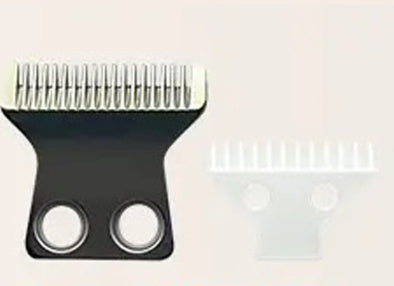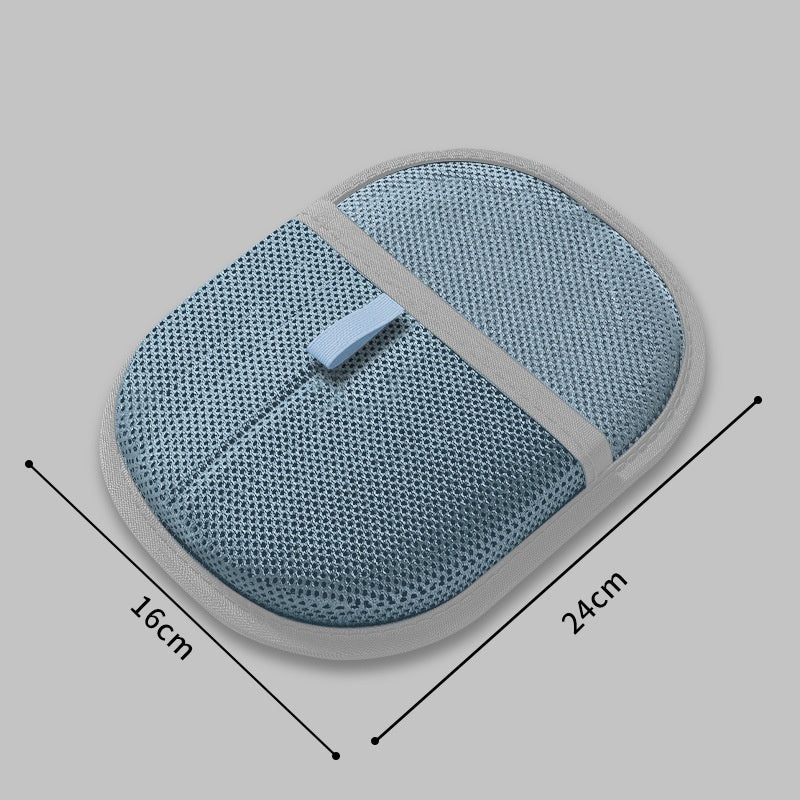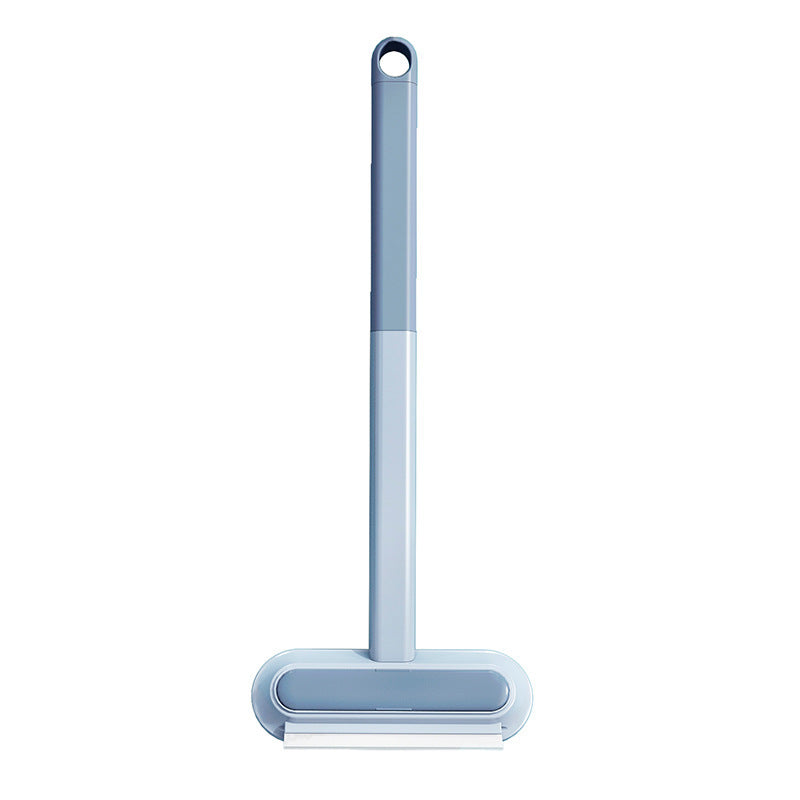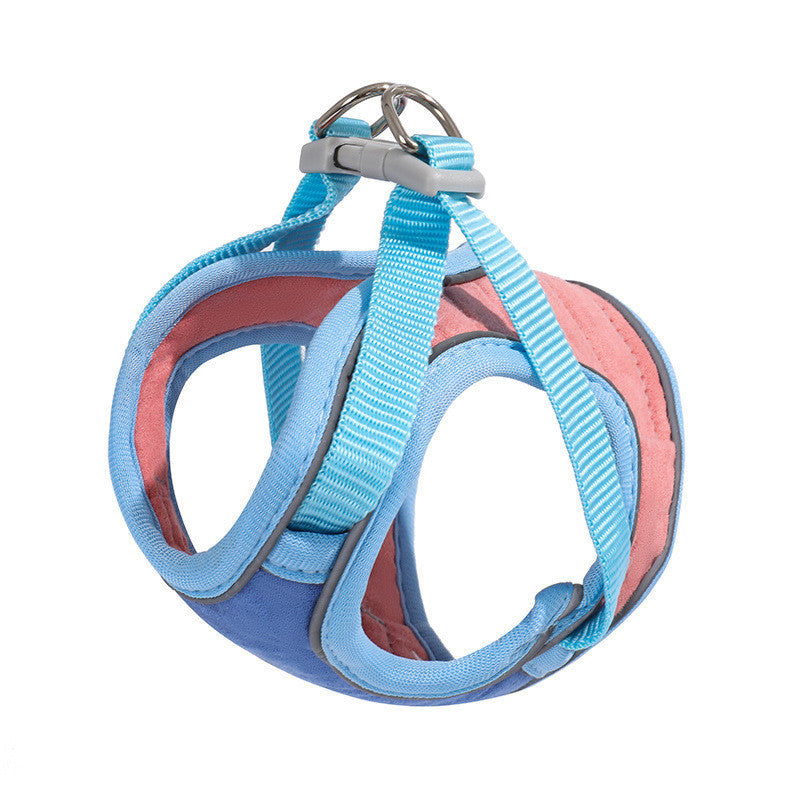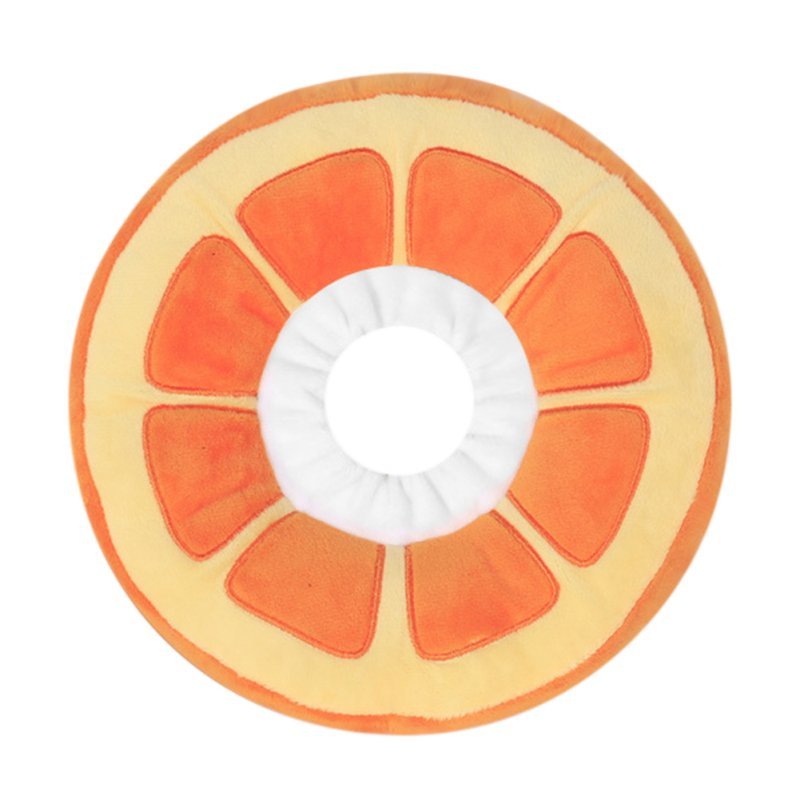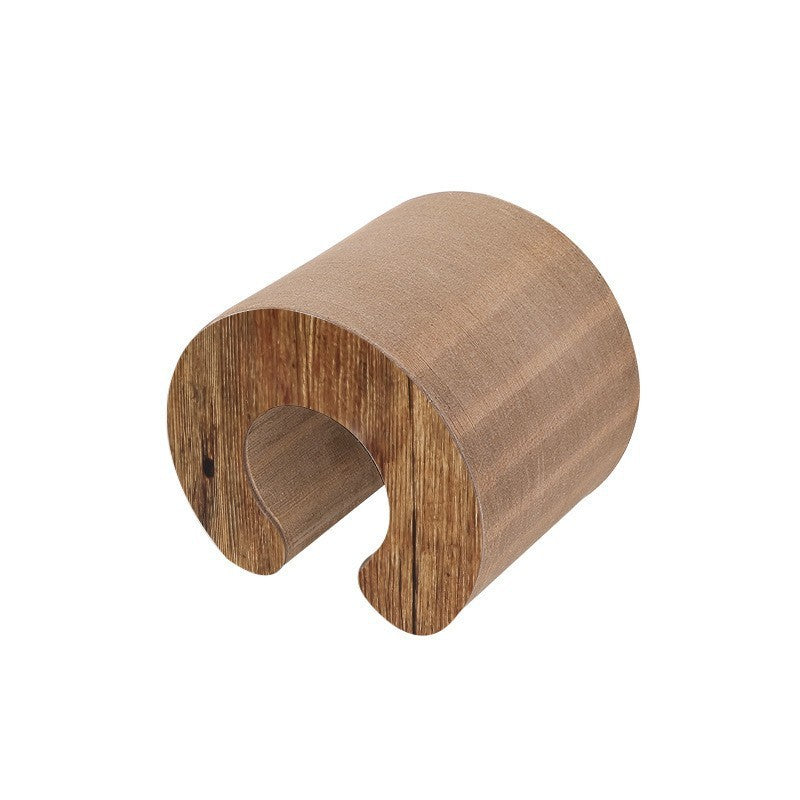Cat shedding is a natural process that helps regulate body temperature and maintain coat health, but excessive fur around your home can be frustrating.
Understanding shedding patterns, using proper grooming tools, and establishing regular maintenance routines can significantly reduce loose fur while keeping your cat's coat healthy and beautiful throughout the year.
Understanding shedding cycles: Cats naturally shed year-round, with increased shedding during spring and fall as they transition between summer and winter coats. Indoor cats may shed more consistently due to artificial lighting and temperature control disrupting natural seasonal rhythms. Factors like age, breed, health status, and stress levels all influence shedding patterns.
Breed-specific shedding: Long-haired breeds like Persians and Maine Coons require daily brushing to prevent matting and manage heavy shedding. Medium-haired cats such as Ragdolls need grooming 3-4 times weekly. Short-haired breeds shed less noticeably but still benefit from regular brushing to reduce hairballs and loose fur around the home.
Proper grooming tools: Slicker brushes effectively remove loose undercoat and work well for most coat types. Undercoat rakes are essential for double-coated breeds, reaching deep layers that regular brushes miss. Deshedding tools like can dramatically reduce shedding but should be used sparingly to avoid over-grooming and skin irritation.
Seasonal shedding management: Spring shedding removes heavy winter coats, requiring increased brushing frequency and possibly professional grooming. Fall shedding prepares for winter coat growth and may last several weeks. During peak shedding seasons, daily brushing prevents fur from accumulating around your home and reduces hairball formation.
Professional groomers and veterinary dermatologists recommend establishing consistent grooming routines rather than sporadic intensive sessions. They emphasize that regular brushing distributes natural oils, stimulates circulation, and provides opportunities to check for skin issues or parasites.
|
Coat Type |
Shedding Level |
Grooming Frequency |
Best Tools |
|
Short Hair |
Low to Moderate |
2-3 times weekly |
Slicker brush, rubber grooming gloves |
|
Medium Hair |
Moderate to High |
3-4 times weekly |
Slicker brush, metal comb, deshedding tool |
|
Long Hair |
High |
Daily |
Pin brush, slicker brush, undercoat rake, metal comb |
|
Double Coat |
Very High |
Daily during shedding seasons |
Undercoat rake, deshedding tool, slicker brush |
Step-by-Step Guide: Effective Shedding Management
- Start with gentle petting to relax your cat
- Use slicker brush in direction of hair growth
- Pay special attention to areas prone to matting (behind ears, under arms, belly)
- Finish with metal comb to catch remaining loose hairs
- Use undercoat rake for double-coated breeds
- Apply deshedding tool carefully, following manufacturer instructions
- Check for mats and remove gently with dematting comb
- Clean ears and trim nails if needed
- Increase brushing frequency during peak shedding times
- Consider professional grooming during heavy shedding seasons
- Vacuum frequently and use lint rollers on furniture
- Wash bedding and cat areas more frequently
- Use air purifiers to reduce airborne fur
- Choose furniture fabrics that don't trap hair easily
- Provide elevated perches with washable covers
- Regular vacuuming with pet-specific tools









